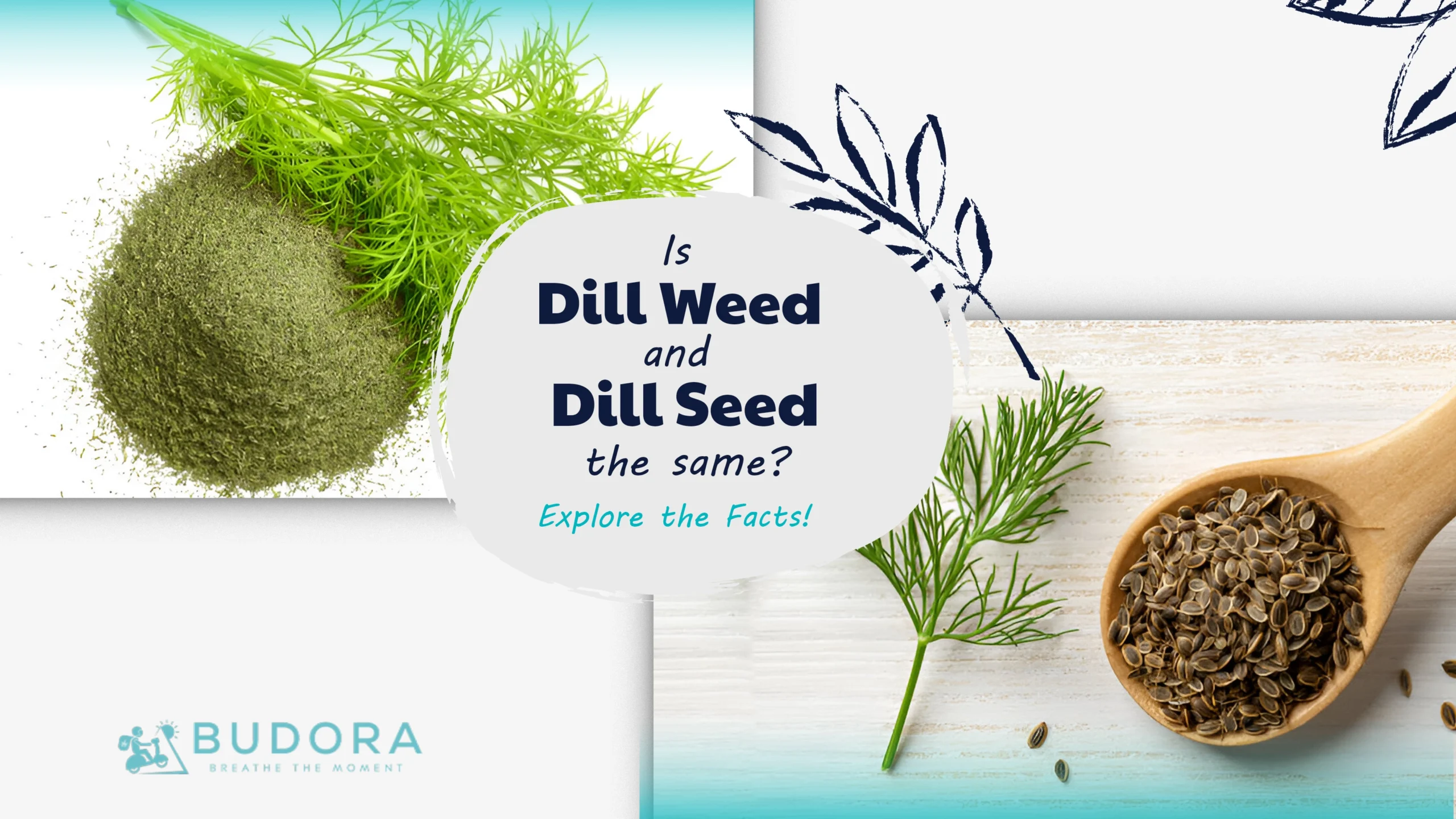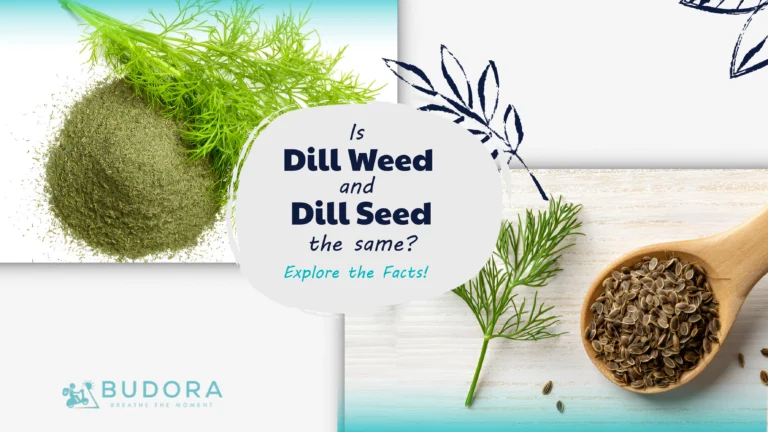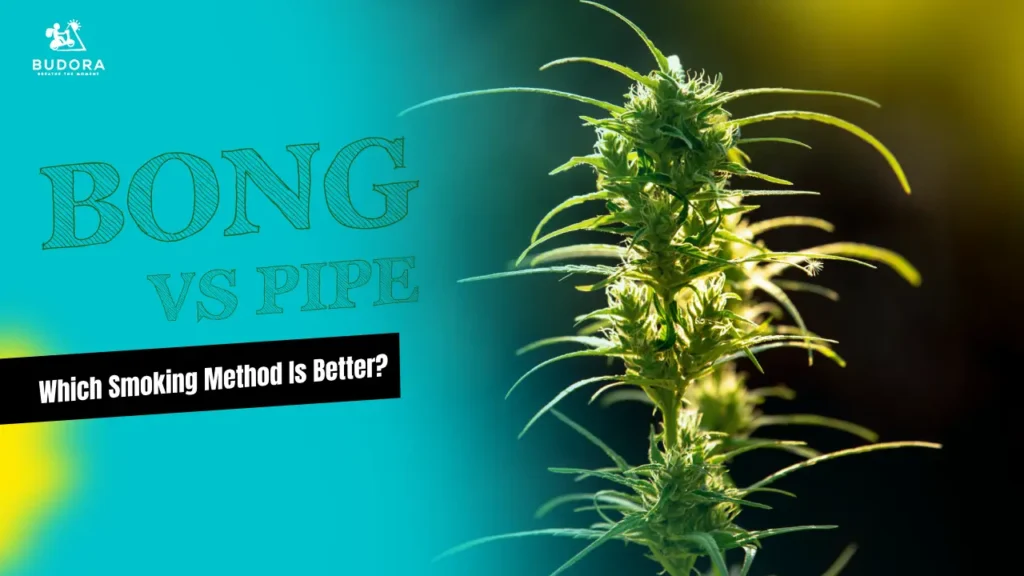Blog
Is Dill Weed and Dill Seed the Same? Explore the Facts!
- Budora Team
- Cannabis WeedBlogs


Many home cooks wonder, “Is dill weed and dill seed the same?” The short answer is no — they come from the same plant but are not the same. Dill weed refers to the feathery green leaves, while dill seed is the tiny, oval seed harvested from the mature plant. They differ in flavor, aroma, and culinary use, so substituting one for the other can change your recipe’s outcome.
Dill weed delivers a fresh, grassy flavor perfect for salads and garnishes, while dill seed adds a warm, earthy note that shines in pickling, soups, and spice mixes. Understanding these differences can help you enhance your dishes with precision and balance.
Key Points
- Dill weed refers to the leafy green part of the dill plant, while dill seed comes from the mature fruit.
- Dill weed has a fresh, grassy flavor, whereas dill seeds have a more earthy, slightly tangy taste.
- Dill weed is often used fresh in salads, dips, or as a garnish, while dill seeds are typically used in pickling, soups, and spice blends.
- Both dill weed and dill seeds offer similar health benefits, like antioxidants and vitamins, but dill seeds tend to have more concentrated essential oils.
- Although they come from the same plant, dill weed and dill seed aren’t interchangeable due to their different flavors and textures.
Understanding Dill: Leaves, Weed, and Seed
What is Dill Weed?
Dill weed refers to the fresh, feathery leaves of the dill plant, known for their delicate flavor. These leaves are commonly used in salads, sauces, and as garnishes. When a recipe calls for dried dill weed, keep in mind that the flavor is more concentrated, so you’ll need to adjust the amount. If you’re interested in learning how to add some extra flavor to your cooking, making cannabutter is a fun and simple way to do it.
What is Dill Seed?
Dill seed, on the other hand, comes from the same plant but is harvested as small, brown seeds. These seeds offer a different flavor profile, milder yet aromatic, and are often used in pickling and brining recipes. Many people are curious about the uses of dill seed because its taste can elevate the flavor of soups, stews, and even baked goods.
Dill Weed vs Dill Seed: What’s the Difference
| Feature | Dill Weed | Dill Seed |
|---|---|---|
| Part of Plant | Feathery leaves and stems | Mature seeds |
| Flavor Profile | Fresh, mild, grassy, slightly sweet | Pungent, warm, stronger, similar to caraway |
| Best Uses | Fresh garnishes, salads, cold dishes, sauces, fish (like salmon) | Pickling, bread, stocks, roasts, or long-cooked dishes |
| Substitution | You can substitute dried dill weed for fresh, but use less (¼ to 1 tsp dried for 1 tbsp fresh) | Not a direct substitute for fresh dill weed due to flavor difference |
| Storage | Shorter shelf life — store fresh upright in water in the fridge; dried in an airtight container | More stable — stores well for 3–4 years in a cool, dark place |
Storing and Preserving Dill
A common question in the culinary community is, Can you freeze dill weed? The answer is yes! Freezing fresh dill is a great way to preserve its flavor, especially if you have an abundance. To freeze it, just wash and pat dry the leaves, then either place them in ice cube trays with a little water or oil, or chop them up and store them in airtight freezer bags. This method works particularly well if you plan to use dill in soups or sauces later. If you’re also thinking about keeping your edible plants healthy, consider using neem oil for plant care.
Highlighting the Uses of Dill Seed
Dill seed isn’t just for pickles. Its warm, slightly bitter flavor makes it a great addition to spice blends, dry rubs for meats, and even homemade bread. Whether you’re roasting, baking, or slow-cooking, dill seed can add a unique depth to your dishes, a spice worth keeping in your kitchen.
Dill Weed Replacements That Work
We’ve all been there, mid-recipe and out of a key ingredient. If you’re looking for a dill weed substitute or a replacement for dill weed, you’ve got options.
- Dried dill weed can work in place of fresh—just remember the flavor is stronger.
- Fennel fronds or tarragon offer similar vibes.
- Dill seed can work too, but the taste is quite different, so only use it if the recipe can handle a deeper, spicier note.
Conclusion:
In short, knowing the difference between dill weed vs dill seed helps you use each one to its fullest. Whether you’re exploring dill weed substitutes, wondering Can you freeze dill weed?, or just comparing dill weed vs seed, having the right knowledge makes your cooking better. Try both fresh and dried forms, experiment with dill seed uses, and enjoy adding bold, herbal flavor to your favorite dishes!
FAQs
What are dill leaves?
Dill leaves, or dill weed, are the green, feathery part of the plant used fresh or dried for a light, herbal flavor.
What are the uses of dill seed?
Dill seed is great for pickling, spice blends, soups, stews, breads, curries, and roasted veggies, adding a warm, slightly bitter taste.
Is dried dill weed as good as fresh?
Dried dill weed is more concentrated, so use less. While it lacks the freshness of fresh dill, it’s great for cooked dishes and sauces.
Can I use dill seed instead of dill weed?
Dill seed has a stronger, earthy flavor and is not a direct substitute for dill weed, especially in fresh dishes. It works better in cooked recipes or pickles.
How do I store dill weed?
Store fresh dill weed in the fridge in a sealed container, or dry it and keep it in an airtight jar in a cool, dark place for longer shelf life.
Is dill weed and dried dill the same?
Not exactly. Dill weed refers to the fresh leaves and stems of the dill plant, while dried dill is simply the dehydrated form of those same leaves. The flavor of dried dill is more concentrated and slightly muted in freshness, so you should use less dried dill when substituting it for fresh dill weed — typically about ¼ to 1 teaspoon dried dill for every tablespoon of fresh dill weed.
Like this article?

Budora Team
OTHER ARTICLES YOU MAY LIKE




